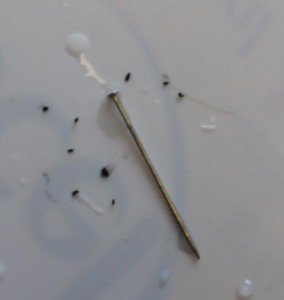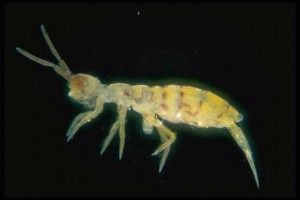Spring Has Finally Sprung…

But, be that as it may, on Thursday, March 20th at exactly 1:57 PM Atlantic Time we officially ushered in Spring in New Brunswick.
It’s a commonly held notion that day and night are both exactly 12 hours long on the Spring and Autumn Equinoxes.
As it transpires, this is not exactly true. (as happens with so many of our cherished beliefs, but I digress….)
The moment of the equinox is defined as when the centre of the sun passes through the equator, but we don’t count sunrise and sunset by the same measure. Sunrise is when the sun first peeps over the horizon, and sunset is determined when it completely dips below the horizon.

More daylight by which to admire the ginormous piles of snow everywhere!
As tired as everyone is of winter, on the plus side, the longer it is drawn out and the more time it takes to go away the less chance we have of being flooded. Again.
In any event, given the dangers of a flood situation, make absolutely sure you are prepared if you have to evacuate your home this flood season.
No one expected the devastation we experienced in 2012. However, now that we’ve seen how fast the waters rose, and how deadly it could have been, be safe and have a plan in place.
So many homes were moved or destroyed, so one hopes that the remaining homes along the river will be safe but, if the flood siren sounds, please evacuate.
Our emergency volunteers and first responders put their lives at risk in 2012 when they had to return to houses to rescue people who did not heed the warning and had stayed in their homes.
Pets need a plan too. Have a bag packed for your dog. If you live in a bungalow that becomes flooded pets will be trapped. One pet owner in Andover tragically lost all his pet cats in 2012 when they became trapped in his flooded bungalow. If you have to leave cats in your home, make sure to leave food, water and litter boxes on the second floor.
Make sure you have your medications and ID with you. Before you leave your house, place your evacuation placard so emergency people know you are out of the house.
In the event of an evacuation, report to your reception centre to register you and your family. This will enable officials to account for your safety .
The emergency reception centre in Perth is at the Public Safety Office on Beech Glen Road at 273-4514.
On the Andover side go to the Tourist Information Centre at 273-6740.
We hope none of these precautions are necessary this year but as we have learned, it is much better to be safe than sorry.
As brutal as this winter has been, there have been some harbingers of spring to be seen. Dean Butterfield found masses of the tiny little critters popularly called “snow fleas” during a recent snowshoe excursion.
Dean collected some of these miniscule creatures and brought them over to show me. You know the saying “small enough to fit on the head of a pin”, right? Well, snow fleas are so tiny you could fit about 4 of ‘em on the head of a pin.
I even dug out a straight pin from my sewing box and took a picture to illustrate this!
“Snow flea” is the common name of a species of springtail, and they are not fleas at all, or even insects. They are a species of hexapod that have acquired the moniker of snow flea due to their ability to leap great distances like regular fleas. However, fleas get their incredible jumping ability from enlarged hind legs. Springtails, as the name implies, have a tail-like appendage called a furcula that unfolds under their abdomen to launch them through the air like a built in catapult.
On any given summer day you could find hundreds of thousands of springtails in one cubic metre of topsoil. However, because they are so minute in size they generally live out their lives totally unnoticed by us humans.
In the winter, though, they can easily be spotted as they swarm to the surface of the snow. They can gather by the thousands, and look like tiny black specks against the white snow although they are actually dark blue in colour.
Also unlike the fleas that plague our pets, snow fleas are not parasites. In fact, they play an important part in natural decomposition by feeding on decaying organic matter in the soil.
They also occasionally can freak people out by turning up by the thousands in their homes. In these cases, they are usually be found in damp bathrooms where they are feasting on mould and mildew. Just doing their job, you see, in the great circle of life!
Another fascinating thing about springtails is their ability to be active even in the sub-freezing temperatures of winter. This is due to a “glycine-rich antifreeze protein” in their bodies. This protein binds to ice crystals as they start to form, thus preventing the crystals from growing larger. This is what causes “freezer burn” in our frozen food.
Researchers have isolated this protein and are exploring the possibility of utilizing it to safely preserve organs for human transplantation.
